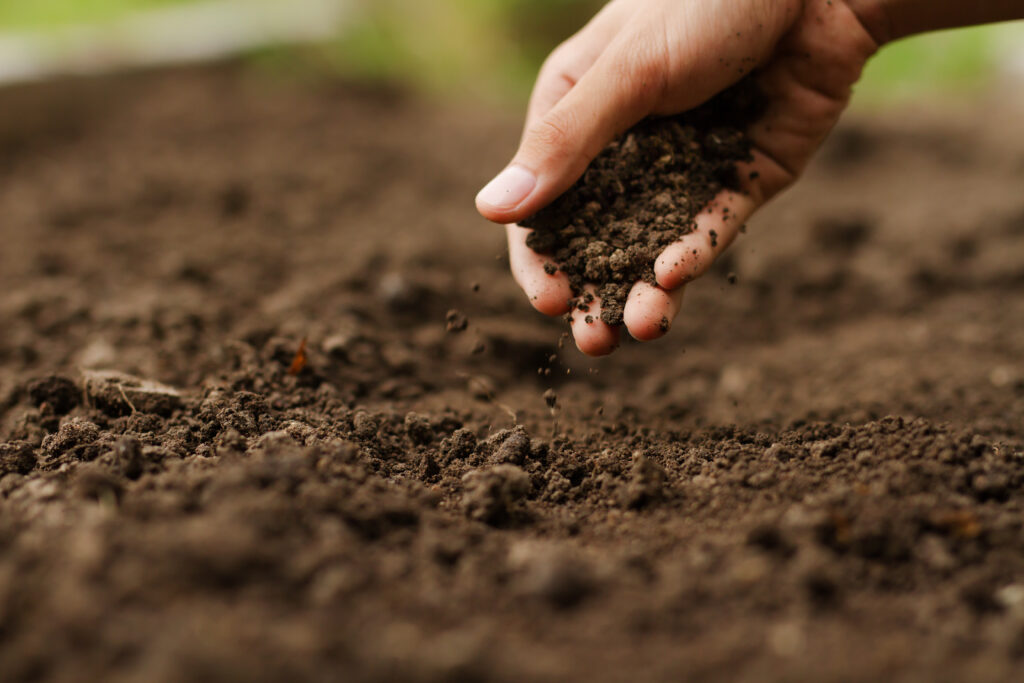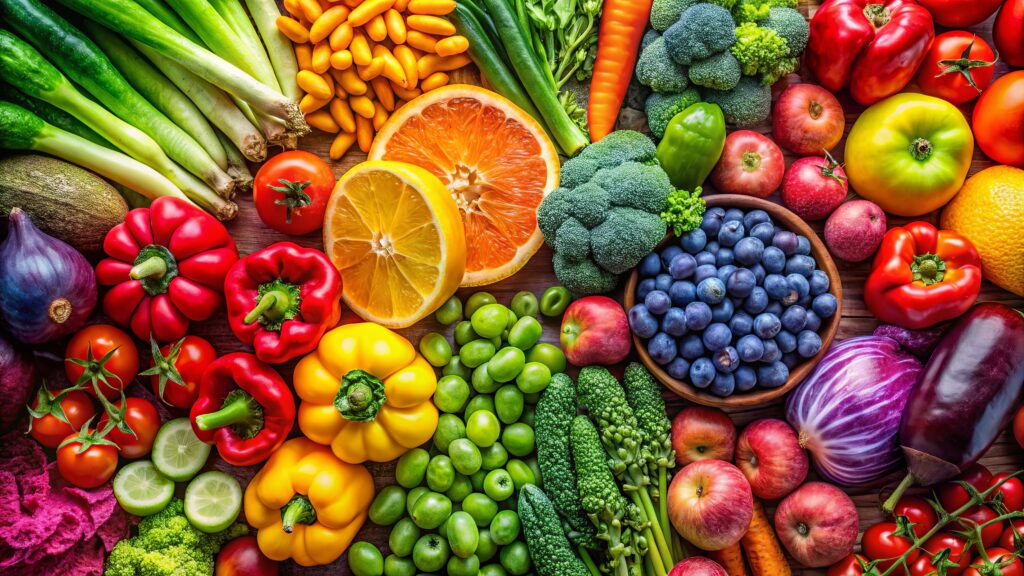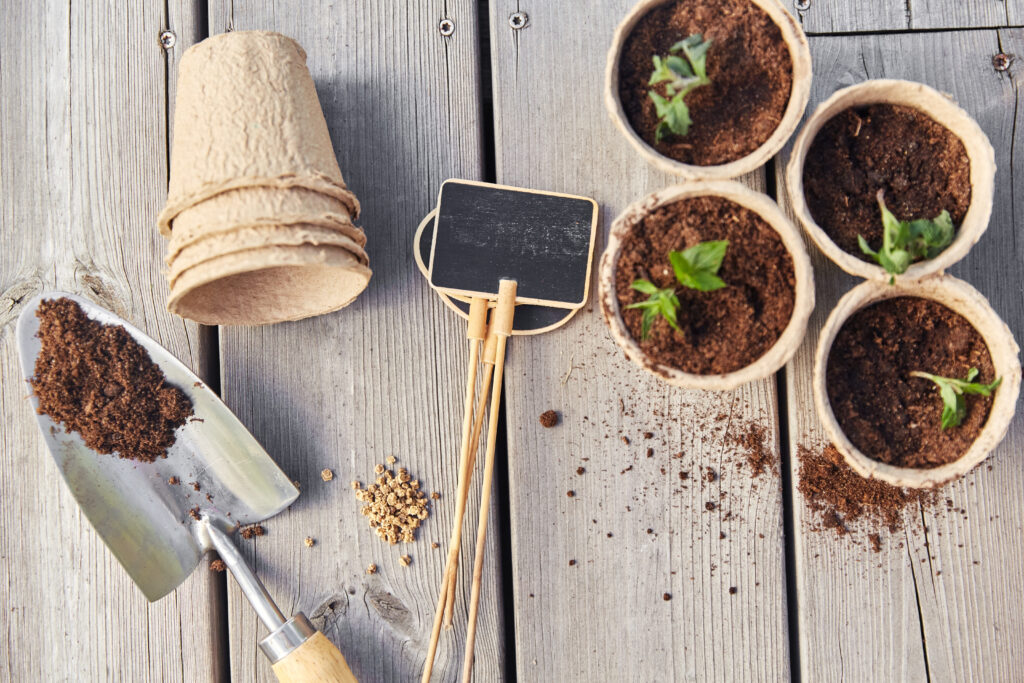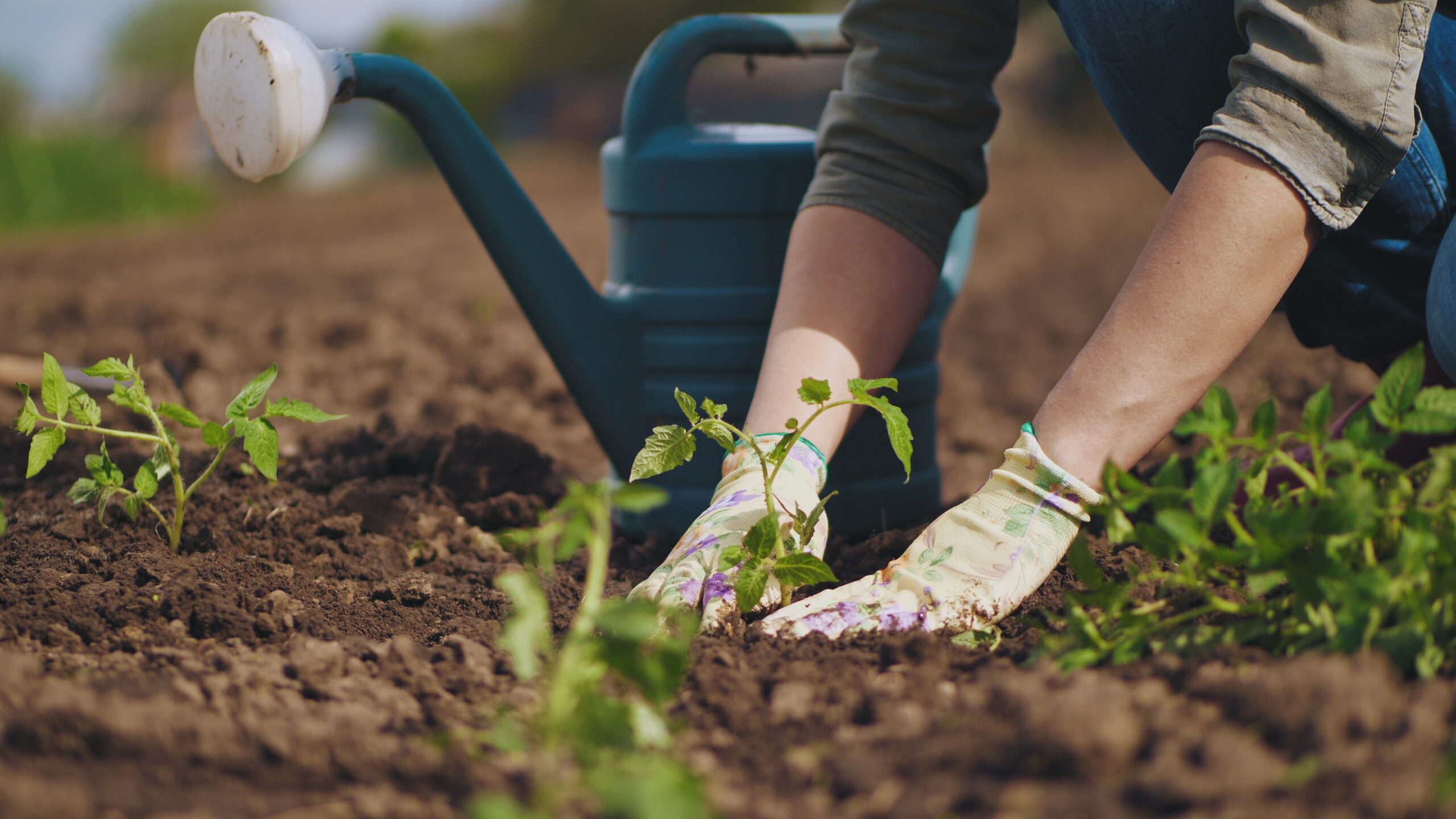The New Complete Book of Self-Sufficiency: A Vegetable Gardener’s Guide
Get ready to put on your leather work gloves! John Seymour’s “The New Complete Book of Self-Sufficiency” offers invaluable wisdom for anyone looking to grow their own food, and his vegetable gardening guidance stands as some of the most practical advice ever published.
The Vegetable Garden at the Heart of Self-Sufficiency
While Seymour’s comprehensive book covers numerous aspects of sustainable living, the vegetable garden serves as the cornerstone of his self-sufficiency philosophy. He believed that a well-planned kitchen garden could provide most of a family’s produce needs year-round, reducing dependence on store-bought vegetables and connecting people directly to their food source.
Garden Planning Wisdom
Seymour’s approach to vegetable garden planning remains unmatched decades after publication. The book features detailed layouts for gardens of various sizes, from small backyard plots to market gardens:
– Intensive bed systems that maximize growing space while minimizing pathways
– Companion planting arrangements that naturally deter pests and enhance growth
– Succession planting schedules ensuring continuous harvests throughout the growing season
– Integration with composting systems to close the nutrient loop
His illustrated garden plans consider sunlight patterns, plant heights, and growth habits—creating microenvironments where plants support each other’s growth needs.
Soil: The Foundation of Garden Success

Long before regenerative agriculture became trendy, Seymour emphasized soil health as the foundation of successful gardening. His book provides:
– Detailed guidance on soil assessment and improvement
– Natural amendment techniques using compost, manure, and green manures
– Methods for balancing soil structure and fertility without synthetic inputs
– Season-by-season soil care practices that build long-term fertility
Seymour’s soil wisdom reflects a deep understanding that healthy plants grow from healthy soil—an insight that modern science continues to validate.
The Complete Vegetable Growing Guide
The book offers crop-by-crop guidelines covering virtually every vegetable suitable for temperate climates:
– Detailed sowing instructions and timing based on seasonal indicators rather than just calendar dates
– Maintenance and care instructions specific to each plant’s needs
– Harvesting guidance to maximize flavor and nutrition
– Seed saving techniques to develop locally-adapted varieties
What sets Seymour’s guidance apart is his attention to the specific growth habits and needs of each plant. Rather than generic gardening advice, he provides customized growing information based on each vegetable’s botanical family and characteristics.
Season Extension Techniques
Before modern greenhouse materials were widely available, Seymour taught techniques to extend the growing season:
– Cold frame construction and management
– Cloche and row cover systems using simple materials
– Root cellar storage to preserve the harvest
– Microclimate creation within the garden
These methods allow gardeners in temperate climates to harvest fresh vegetables nearly year-round without relying on energy-intensive heated greenhouses.
Integrated Pest Management Pioneers
Seymour’s approach to garden pests and diseases was revolutionary for its time:
– Biological control methods using beneficial insects and companion plants
– Cultural practices that naturally minimize pest pressure
– Homemade, non-toxic solutions for common garden problems
– Recognition that some pest presence is natural in a balanced ecosystem
Rather than waging war against nature, Seymour taught gardeners to work with natural systems, understanding that a healthy garden ecosystem largely regulates itself.
From Garden to Table

The vegetable garden in Seymour’s vision doesn’t end at harvest. His book provides guidance on:
– Proper harvesting techniques to maximize flavor and storage potential
– Simple preservation methods from root cellaring to fermentation
– Kitchen skills that transform garden abundance into delicious meals
– Seed saving to complete the growing cycle
This garden-to-table approach ensures that nothing goes to waste and that the gardener enjoys the full nutritional and culinary benefits of home-grown produce.
The Modern Relevance of Seymour’s Vegetable Gardening Wisdom
Today’s gardeners face challenges Seymour might not have anticipated—climate change, extreme weather events, and new pest pressures. Yet his fundamentals remain remarkably relevant:
– Building soil health creates resilient gardens that withstand weather extremes
– Diverse plantings provide insurance against crop failures
– Local adaptation through seed saving develops varieties suited to changing conditions
– Season extension techniques become even more valuable with unpredictable seasons
As food security concerns grow globally, Seymour’s practical approach to productive vegetable gardening offers solutions that remain accessible to anyone with access to even a small plot of land.
Essential Garden Starter Kit
For those inspired to begin their vegetable gardening journey, here’s a focused list of tools and supplies:
Garden Essentials

– Quality digging spade and garden fork for soil preparation
– Hand trowel and dibber for transplanting seedlings
– Pruning shears for harvesting and maintenance
– Watering can with rose attachment for gentle seedling irrigation
– Garden hoe and hand cultivator for weed management
– Sturdy wheelbarrow for moving compost and materials
– Selection of heirloom, non-GMO vegetable seeds suited to your climate
– Organic compost starter and mulch materials
Season Extension Tools
– Row cover fabric and supports for frost protection
– Cold frame materials or pre-built cold frame
– Cloches for protecting individual plants
– Season extension planning calendar
Seed Starting Equipment
– Seed starting trays with humidity domes
– Potting soil specifically formulated for seedlings
– Plant labels and garden journal for record-keeping
– Grow lights for indoor seed starting (if needed in your climate)
Soil Building Supplies
– Compost bin or tumbler
– Soil testing kit to assess nutrient levels and pH
– Basic organic amendments (compost, worm castings)
– Mulch materials appropriate for your climate
Harvest and Storage
– Harvest baskets and garden scissors
– Simple food preservation tools (dehydrator, mason jars)
– Root cellar storage containers or cool storage solutions
– Vegetable cleaning brushes and preparation tools
Remember Seymour’s advice to start small and build gradually—begin with a manageable garden area and expand as your experience and confidence grow. The most important tools are knowledge, observation, and patience.
Final Thoughts

“The New Complete Book of Self-Sufficiency” delivers vegetable gardening wisdom that transcends trends and fads. Seymour’s approach reconnects gardeners with natural cycles and processes, offering not just food production techniques but a more harmonious way of relating to the land.
Whether you’re cultivating a few containers on a balcony or planning a market garden, Seymour’s vegetable growing guidance provides a solid foundation for success. His practical wisdom reminds us that growing food is both an ancient human tradition and a revolutionary act in today’s disconnected world—a simple yet profound way to reclaim our place in the web of life that sustains us all.


